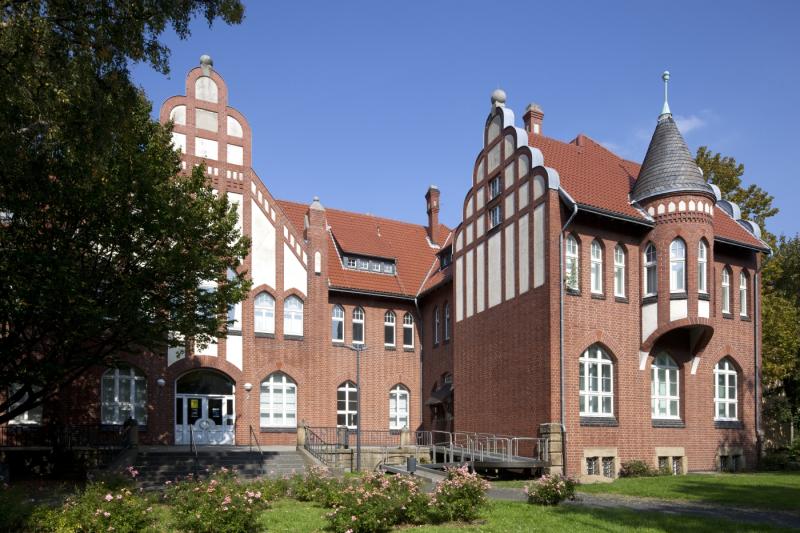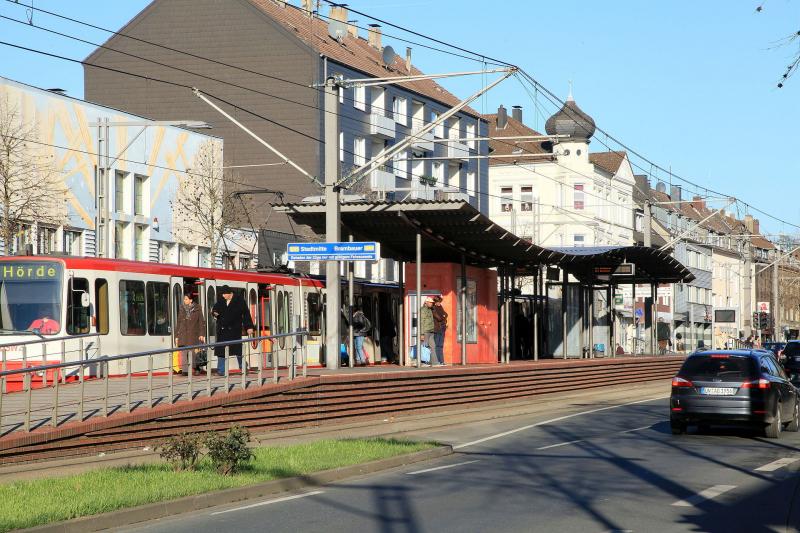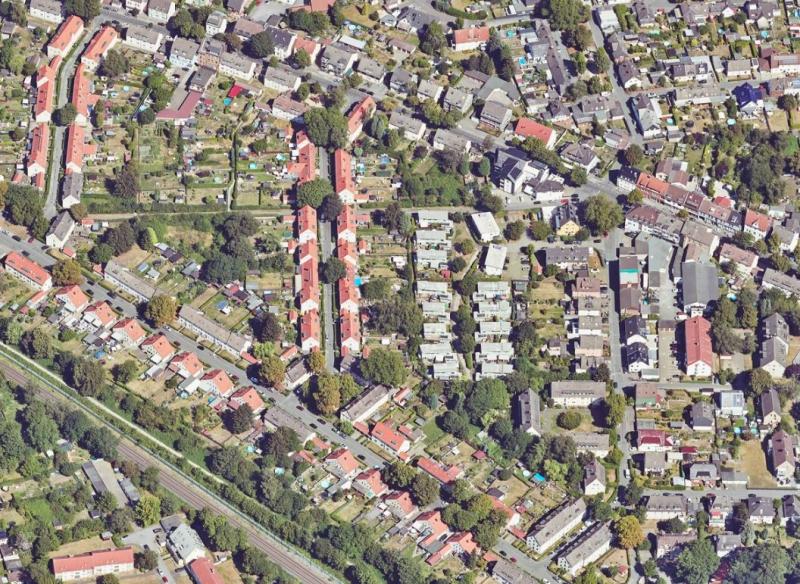Friesenstr., 44339 Dortmund
Icon legend
![]() This icon indicates an awarded building
This icon indicates an awarded building
![]() This icon indicates a listed building
This icon indicates a listed building
![]() Projects with this logo are on the UNESCO World Cultural Heritage list
Projects with this logo are on the UNESCO World Cultural Heritage list
![]() Project has been converted, renovated or extended
Project has been converted, renovated or extended
x close
![]()
1900
- keine Angabe -
- keine Angabe -
- keine Angabe -
Advanced search with more criteria
Total projects: 483

44339 Dortmund
Distance: 0.04 km

44339 Dortmund
Distance: 0.59 km

44339 Dortmund
Distance: 0.61 km
The miners’ housing estate for the "Vereinigte Stein und Hardenberg" pit built from 1898 to 1900 in the north of Dortmund consists of very individually designed, partly multi-storey buildings surrounded by a number of gardens.
After WWI, the estate was expanded by plainer houses. In the context of the IBA Emscher Park construction exhibition, it was renovated and converted into a cultural site, too.
Kolonie Eving was designed by the "Vereinigte Stein und Hardenberg" pit for the foreign miners recruited during the boom years of the late 1890s.
From 1898 to 1899, 76 houses with 270 flats were built.
To the east of the “Alte Colonie" (old estate), as early as 1900 the "Neue Colonie" with 200 flats in 49 houses was built.
"Alte Kolonie" embodies the turn-of-the-century estate planning whose urbanistic master plan supplanted the earlier straight rows of houses built for such workers’ estates.
The tree-lined roads are orientated toward the welfare building in Nollendorfplatz, the centre of the estate. The consideration of eight different, partly rather unusual types of houses are a characteristic of this estate.
All flats had running water and stove heating and their own entrance, a stable and a garden. Rents were only about half of those on the free market.
The demolition due in the 1970s was avoided by a grassroots initiative, and the bulk of the estate was preserved. The welfare building and the houses in Nollendorfplatz have been listed.
See also Wohlfahrtsgebäude alte Kolonie Eving
Author: Route Industriekultur/ Editorial baukunst-nrw
Text last changed on 18.09.2007
Categories:
Urban Design » Square and Neighbourhood Planning
Architecture » Residential buildings » Multiple Housing